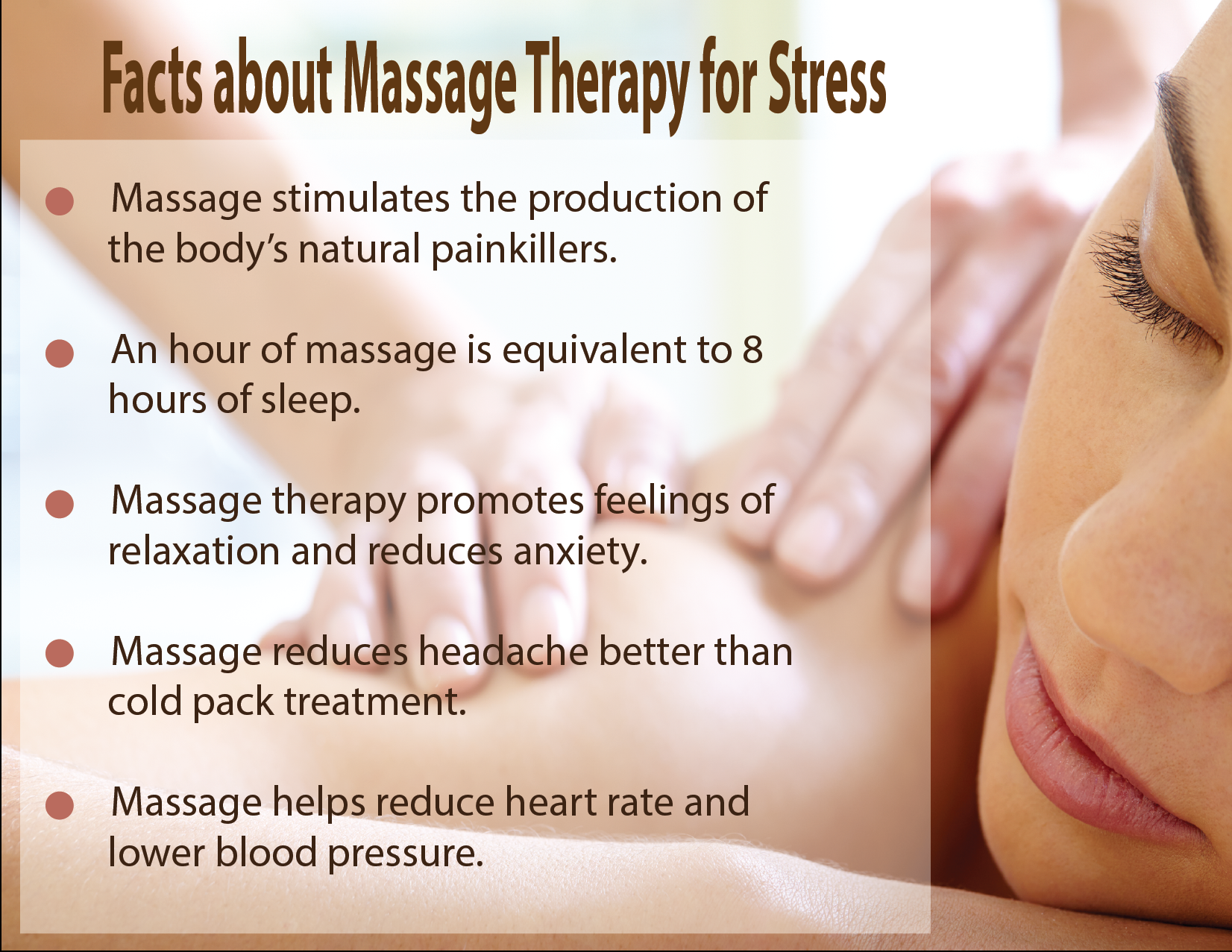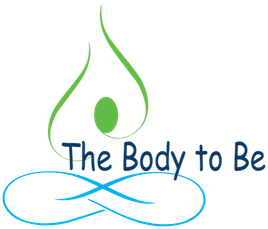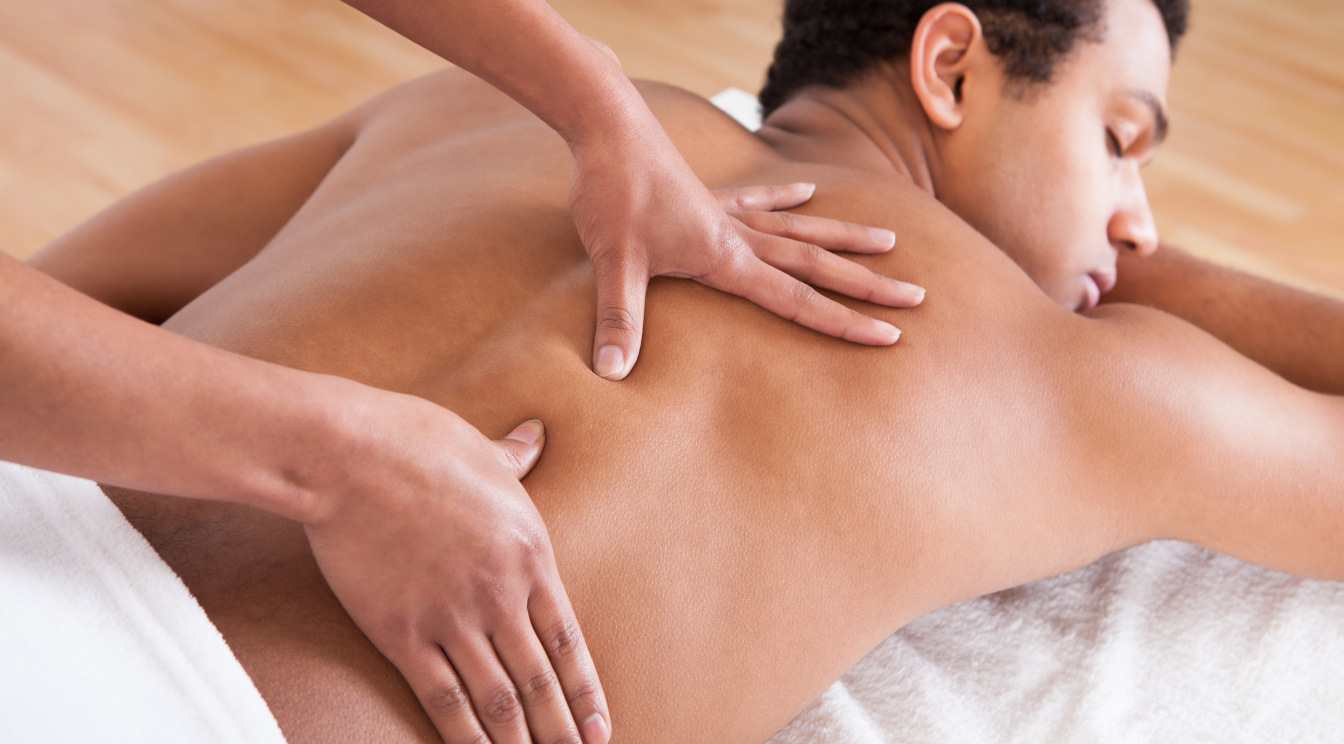There is no question that a good massage feels wonderful. Many of us have experienced being massaged at some point in our lives. Of course, many love it so much that they have it done on a regular basis. Beyond the physical ‘feel-good’ sensation, most are aware also of the mind relaxation and stress relief that occurs at the same time. Those who have experienced a body massage would definitely agree that a scientific study is not needed in order to prove the fact that massage provides relief from the symptoms of stress.
Massage Can Reduce Stress and Anxiety
A study published in the National Institutes of Health revealed that touch massage (TM), helped healthy volunteers achieve decreased activity in their sympathetic nervous system. The sympathetic nervous system is a vital part of the body’s autonomic nervous system. The autonomic nervous system regulates involuntary physiologic processes including heart rate, blood pressure, and respiration. The sympathetic nervous system directs the body’s rapid involuntary response to dangerous or stressful situations.
When there is increased activity in the sympathetic nervous system it will bring about a cascade of physiological reactions associated with the “fight or flight” response of a person. This can be helpful in dangerous situations, but if stress becomes chronic the person’s sympathetic nervous system will become less able to return to its necessary resting state. In turn, the body will maintain a rapid heartbeat and any other reactions that usually occur as part of the body’s response to a stressful situation.
By utilizing touch massage study participants were able to achieve autonomic balance as it helped them decrease the activity in their sympathetic nervous system. In short, relief from anxiety and stress was achieved.
Lowered Blood Pressure and Improved Breathing
A Swedish study led by Lenita Lindgren from the Ume University confirmed the effectiveness of touch massage in reducing stress among healthy participants. The same type of massage was also found effective in lowering the levels of anxiety among participants who had just been through major surgery. In addition, the two groups of study participants also showed signs of lowered blood pressure along with improved breathing.
Slow and Gentle Strokes onto the Skin
The effectiveness of massage in providing stress relief is attributed to something which has already been known since the dawn of time- the power of human touch. In fact, Lindgren’s study showed that using gloves when massaging did not provide as much benefit to the person being massaged compared to massage with bare hands. Perhaps the use of bare hands is the most significant part of the entire therapy. When coupled with just the right stroke and mild pressure the results can be more than what a person expects from a mere touch massage.
Apart from proving the value of the use of bare hands, Lindgren’s study made great effort to determine which speed and pressure provided the greatest relief. The study results gave recommendations such as exerting only 2.5 newtons of force and that the movement as well as the speed of the massage should only be within 105 centimeters per second. To the layperson, this is summarized as being that gently and slowly will give the best benefits for stress relief.



No Placebos Were Involved
Another excellent feature of Lindgren’s study is the use of the same group of participants as also being her control group. Instead of using placebo pills which could only measure the participants’ expectations rather than their actual feelings, she asked the study participants to merely rest during the control period.
While resting, their blood pressure, insulin, glucose levels, and feelings were charted. The assessments before the massage therapy, during the therapy, while they were merely resting, and after the touch massage were all recorded and evaluated.
Massage Stimulated the Pleasure Region of the Brain
The positive effects that take place in the brain after or while undergoing a massage were seen by Lindgren and her research team on an MRI Magnetic Resonance Imaging system. Brain scans of the study participants showed that touch massage increases activity in the region of the brain referred to as the pregenual anterior cingulate cortex. This is the region of the brain that is associated with feelings of enjoyment, happiness, and other “feel-good” sensations.
Massage Therapy Lowered Stress in Chemo Patients
The journal titled Psychooncology published a study which also confirmed the effectiveness of massage in providing relief to stressed individuals. In this study, the participants were patients who are undergoing intensive chemotherapy. After a massage therapy session, patients measured reduced levels of the stress hormone cortisol. Massage therapy was also able to lower patients’ levels of prolactin in the body. While the production of prolactin is at its peak during childbirth as it is essential for milk production, prolactin levels may also raise when an individual is subjected to stress.
With lowered levels of cortisol and prolactin, the result could be a significant improvement in a person’s physical, mental, and psychological well-being. The huge bonus is that all these benefits accrued from non-invasive massage therapy.
The Effects of Massage Therapy Are Immediate
Another great thing about a massage is that its effects are all but immediate. Unlike taking a pill when you still have to wait for a few minutes to an hour for its effects to take place, the benefits that you get from massage can be felt right away.
In a pilot study that was published in an issue of The Australian and New Zealand Journal of Psychiatry, this claim has been proven. The participants of the study were young adults in a psychiatric inpatient unit. One of their findings showed that massage therapy brought an immediate reduction in the patients’ level of anxiety, aggression, and stress.

